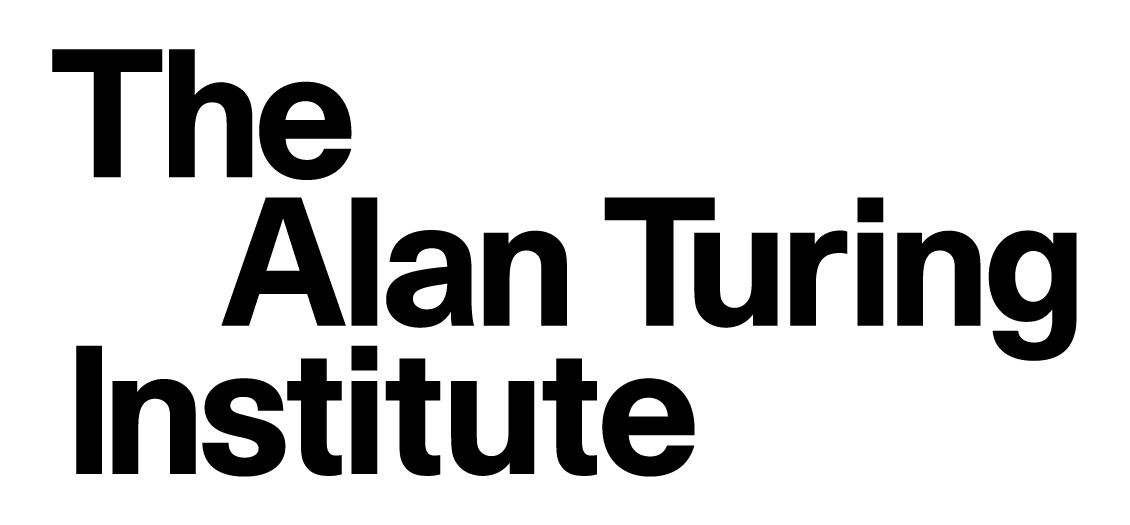7.0 Construction
Contents
7.0 Construction#
Estimated time for this notebook: 5 minutes
Construction#
Software design gets a lot of press (Object orientation, UML, design patterns).
In this session we’re going to look at advice on software construction.
Construction vs Design#
For a given piece of code, there exist several different ways one could write it:
Choice of variable names
Choice of comments
Choice of layout
The consideration of these questions is the area of Software Construction.
Low-level design decisions#
We will also look at some of the lower-level software design decisions in the context of this section:
Division of code into subroutines
Subroutine access signatures
Choice of data structures for readability
Algorithms and structures#
We will not, in discussing construction, be looking at decisions as to how design questions impact performance:
Choice of algorithms
Choice of data structures for performance
Choice of memory layout
We will consider these in a future discussion of performance programming.
Architectural design#
We will not, in this session, be looking at the large-scale questions of how program components interact, the stategic choices that govern how software behaves at the large scale:
Where do objects get made?
Which objects own or access other objects?
How can I hide complexity in one part of the code from other parts of the code?
We will consider these in a future session.
Construction#
So, we’ve excluded most of the exciting topics. What’s left is the bricks and mortar of software: how letters and symbols are used to build code which is readable.
Literate programming#
In literature, books are enjoyable for different reasons:
The beauty of stories
The beauty of plots
The beauty of characters
The beauty of paragraphs
The beauty of sentences
The beauty of words
Software has beauty at these levels too: stories and characters correspond to architecture and object design, plots corresponds to algorithms, but the rhythm of sentences and the choice of words corresponds to software construction.
Programming for humans#
Remember you’re programming for humans as well as computers
A program is the best, most rigorous way to describe an algorithm
Code should be pleasant to read, a form of scholarly communication
Read Steve McConnell’s Code Complete.

